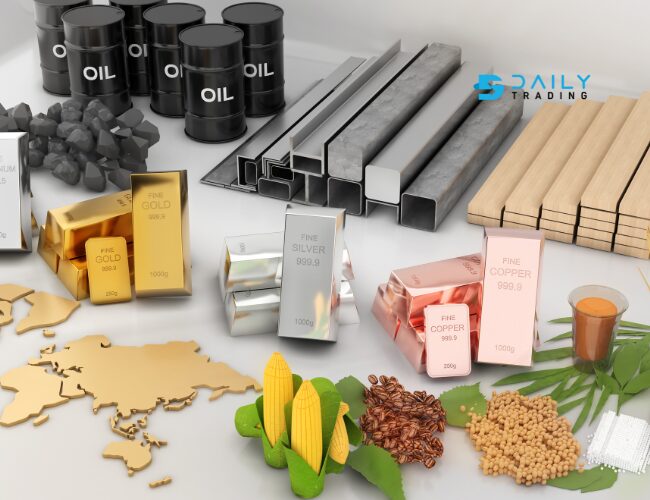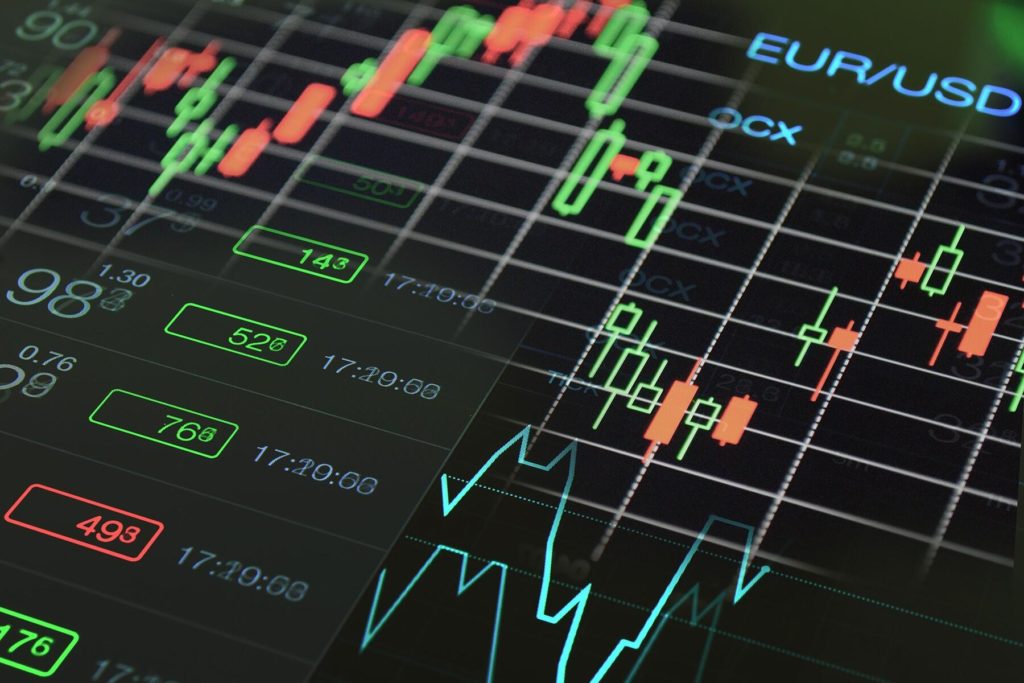Introduction
Commodities and products play essential roles in production and trade. Although the two terms are sometimes used interchangeably, they are fundamentally different in economic contexts. Commodities refer to raw materials that are traded primarily on futures exchanges, while products are the finished goods consumers purchase. This article explores the differences, trading mechanisms, and significance of each in modern economics, incorporating additional perspectives to provide a comprehensive understanding.
Understanding Commodities
A commodity is a raw material that has intrinsic value and can be processed into a product. Commodities are typically traded in large quantities and are fungible—meaning one unit is practically identical to another. For example, gold from different sources is traded as a commodity because its market value does not depend on the seller.
-
Types of Commodities:
- Hard Commodities: These are mined or extracted from the Earth, such as crude oil, natural gas, copper, and gold.
- Soft Commodities: Agricultural goods like wheat, coffee, cocoa, and cotton are categorized as soft commodities because they are grown, not mined or extracted.
-
Commodity Market Trading: Commodities are typically traded on futures exchanges like the Chicago Mercantile Exchange (CME) and the New York Mercantile Exchange (NYMEX). Futures contracts allow traders to speculate on the price of commodities by agreeing to buy or sell at a predetermined price on a future date. Investors can also access commodities indirectly through ETFs, commodity-based stocks, or even by purchasing physical assets (e.g., gold bars).
-
Supply and Demand Factors: The prices of commodities are largely dictated by supply and demand dynamics. For instance, a natural disaster in a major oil-producing region could disrupt supply and cause oil prices to spike. Likewise, technological advances, geopolitical events, and economic trends also have significant impacts on commodity prices.
The Role of Products
A product is the final, tangible good created from commodities and other inputs through manufacturing processes. Unlike commodities, products are differentiated in the marketplace through features, branding, and marketing. While commodities are typically homogenous, products are often unique, with varying levels of value-added through design, materials, and packaging.
-
Types of Products:
- Durable Goods: These include long-lasting products such as cars, appliances, and electronics.
- Consumable Goods: Items like food, fuel, and household essentials, which have shorter lifespans and are frequently replaced.
-
Investment in Products: Products, particularly those of large corporations (e.g., consumer staples like Procter & Gamble or Johnson & Johnson), are often included in investment portfolios. These companies are valued for their relatively stable stock performance, which tends to remain strong even during economic downturns due to constant consumer demand for essential goods.
Key Differences Between Commodities and Products
-
Uniformity vs. Differentiation: Commodities are homogeneous and uniform in quality, regardless of their source. Products, on the other hand, are often differentiated through innovation, features, branding, and marketing.
-
Stage in the Production Chain: Commodities occupy the beginning stages of the production process, while products are the final goods delivered to consumers.
-
Pricing Factors: The price of commodities is generally influenced by global supply and demand dynamics, whereas the price of products can be affected by factors like brand strength, innovation, and competitive strategies.
Digital Commodities: A New Frontier
The rise of the digital economy has led to the emergence of digital commodities, such as blockchain-based assets (e.g., cryptocurrencies), internet bandwidth, and data. These digital commodities are traded on decentralized exchanges and are part of the broader evolution in how assets are valued and exchanged. Cryptocurrencies, in particular, challenge traditional financial systems by offering decentralized and secure methods of transferring value.
Special Considerations in Trade and Investment
Investing in commodities provides a hedge against inflation because commodity prices often rise during periods of inflationary pressure. Products, especially essential consumer goods, are considered safe investments during economic downturns, as consumers still need to buy food, fuel, and household items even in challenging times.
However, companies that produce goods remain vulnerable to fluctuations in commodity prices. For example, a sharp rise in the cost of raw materials like aluminum or oil may significantly impact a product’s production costs, affecting profitability.
Marxian Perspective on Commodities
From a Marxian economic perspective, commodities are products of labor, produced within capitalist systems to be sold in the market for profit. Marx expanded the definition of commodities to include both raw materials and finished goods, seeing both as products exploited for profit under capitalism. In this view, anything that can be produced, reproduced, and sold in the market (such as factory-made goods or natural resources) qualifies as a commodity.
The distinction between commodities and products lies in their position within the production chain, level of differentiation, and trading dynamics. Commodities represent raw, undifferentiated materials crucial to the global economy, while products are differentiated goods marketed to consumers. As the digital world continues to evolve, so too does the definition of commodities, leading to new opportunities and challenges in trading and investing. Both commodities and products serve critical roles in economic development, with supply-demand dynamics and global factors shaping their values.








Leave a comment